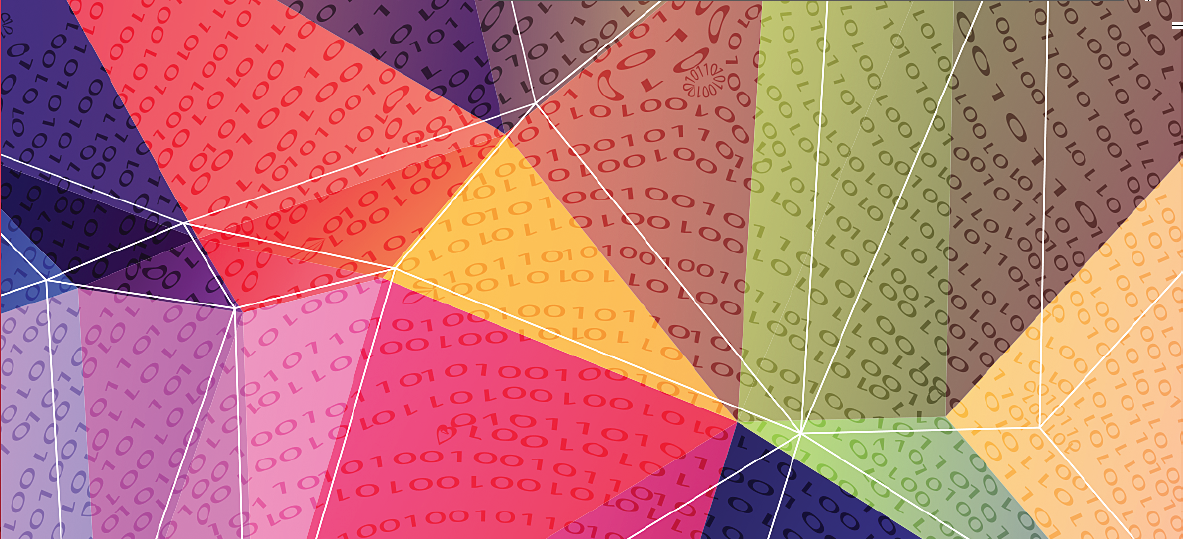 There is no single definition of a robot. This lesson helps learners find out what robots are and the sotrs of things they can do.
There is no single definition of a robot. This lesson helps learners find out what robots are and the sotrs of things they can do.
Aims
Describe what a robot is and identify examples of robots in their lives (both in and out of school)
Explain the essential processes that all robots have in common (Senses > thinks > acts)
Discuss the reason robots were invented and describe some of the things they can do.
- Look at some pictures of different sorts of robots to show variety. Add in a few extra pictures of robot-like machines that are not robots. Ask learners to decide which ones are robots and which ones are not. This can be done in small groups using laminated cards (downloadable here) or as a whole class discussion using the IWB.
- Talk about why robots were invented and why they are used instead of humans – e.g they are particularly useful if a task requires great accuracy, they are often faster, they can operate in dangerous environments, they do not get bored with repetitive tasks etc
- Show a video of robots being used in an industrial setting (e.g https://www.youtube.com/watch?v=sjAZGUcjrP8)
- Discuss the fact that most robots are not humanoid but they are often portrayed as ‘humanoid’ in films. Why do they get such ‘bad press’? Robots are often portrayed in films as a threat to mankind and are usually associated with Artificial Intelligence (being able to learn and think for themselves) . The vast majority of real robots will never ‘learn’ to do anything more than they are designed to do e.g fit a particular car part.
